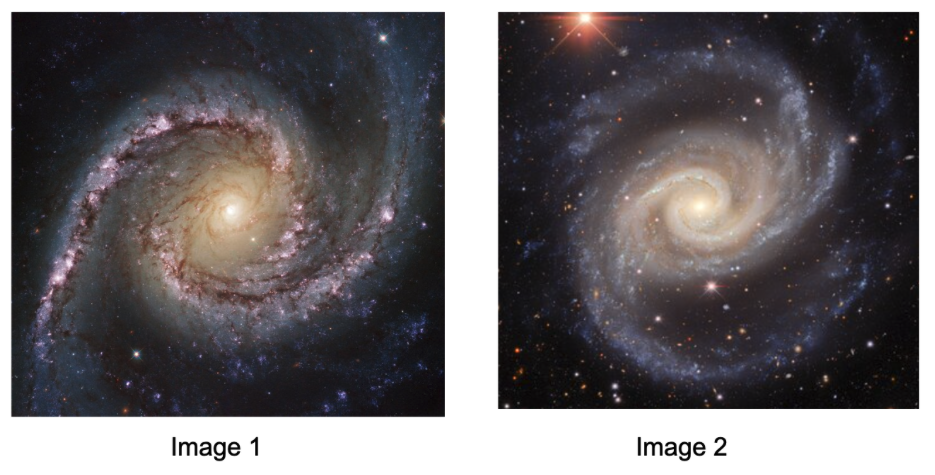Phenomenon
Investigation Driving Question
What can color reveal about objects in space?
Storylines
The storyline process is intended to be student-driven and connect lessons within the unit. The Coloring the Universe investigation, including this phenomenon, would fit best into unit storylines geared toward understanding technology that uses wavelengths of light to transmit information and colors (spectra) of stars and galaxies.
Possible storylines include:
How do filters work?
How are color digital images made?
How can the entire electromagnetic spectrum be used to learn about the Universe?
Instructions for Introducing Phenomenon
Arrange a Driving Question Board
Before class starts, create space for a Driving Question Board (DQB) to be used during class. The board should be visible to all students. This can be created using sticky notes or in a digital format (see other resources here). The DQB will eventually include the investigation driving question, “What can color reveal about objects in space?” Students will be revisiting this DQB throughout the lesson to expand upon their original thoughts and ask questions to better explain the supporting phenomenon. If you have a driving question for the unit or have already created a DQB board, this investigation driving question can be used as a sub-question.
Introduce the Phenomenon
2. To begin the Phenomenon, engage students with a suite of colorful astronomical photographs such as NOIRLab’s Top 100 Images.
3. Provide students with astronomical images, Image 1 and Image 2. *Do not provide them with any additional details about these images. Working in small groups or with a partner, ask students to generate a list of similarities and differences they notice between the two images.

4. Hold a class discussion to provide groups with the opportunity to share their list of similarities and differences.
Example lists:
Similarities: both are spiral galaxies with two main spiral arms, both have a central area, or core
Differences: image 1 and image 2 are different colors, there are more detailed spiral arm structures in image 2, image 1 shows more dust
5. Next, reveal to students the two images are of the same spiral galaxy, NGC 1566, also known as the Spanish Dancer. Ask students to individually think about reasons why there would be differences in these two images that represent the same galaxy? Students may record their ideas in their notebooks.
6. Next, ask students to individually generate questions relating to what they are left wondering about in regard to these images and what their differences, such as color, may reveal about any object in space.
Common questions
Why are they being shown in different colors?
What does the galaxy really look like in space?
Were these images taken with the same telescope?
Why are the spiral arm features different in the second image?
7. Ask students to take another look at the questions they wrote and post the ones on the DQB questions that would help them to figure out the driving question, “What can color reveal about objects in space?” Students will revisit the DQB throughout the investigation and develop a more complete response to the driving question.
After the Investigation - Making Sense of the Phenomenon
Compare Image 1 and Image 2 to an additional image of the Spanish Dancer Galaxy, Image 3. This image was taken from JWST’s Mid-Infrared Instrument.
Image 3: File:NGC1566 - JWST.jpg - Wikimedia Commons
Credit: NASA / ESA / CSA / Judy Schmidt
What new details about the Spanish Dancer Galaxy are revealed in the additional image?
Answers will vary. Students will likely note that dust and star formation typically occur together.
Note that star formation appears red in this image because of the mid-infrared filters and chromatic ordering used.
Note: The documents below may be downloaded and printed if you wish to do the phenomenon activity without access to computers.

